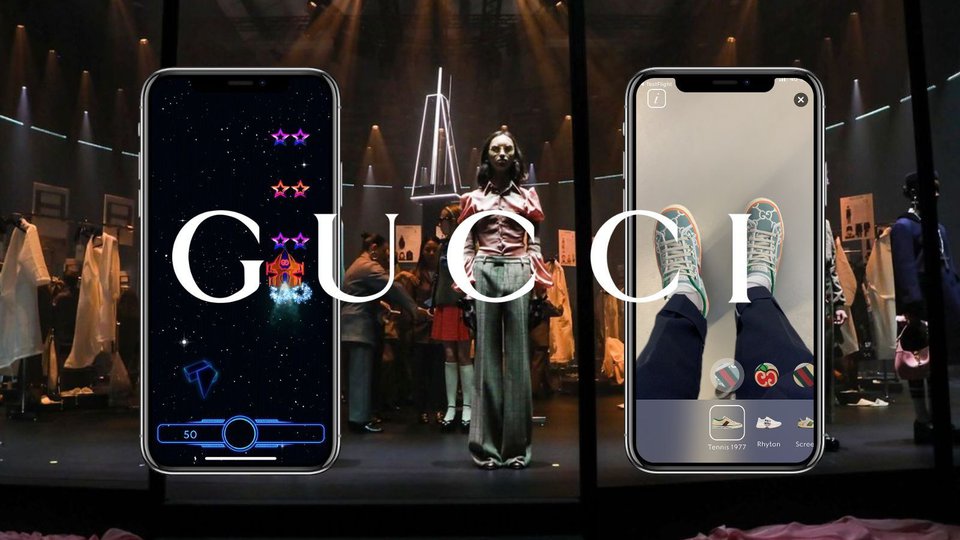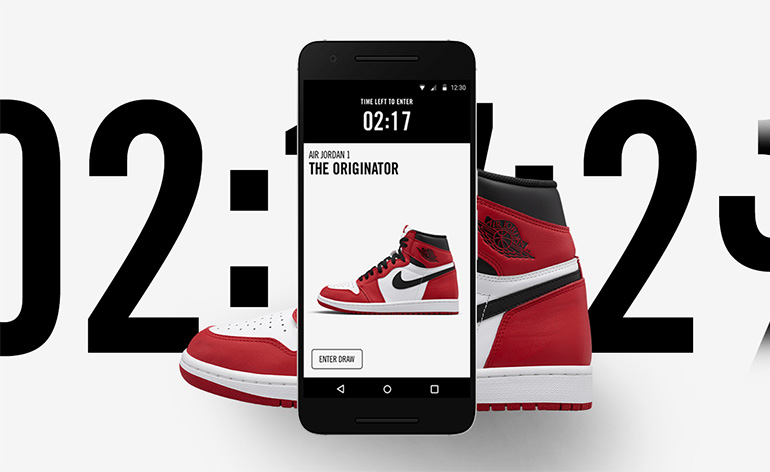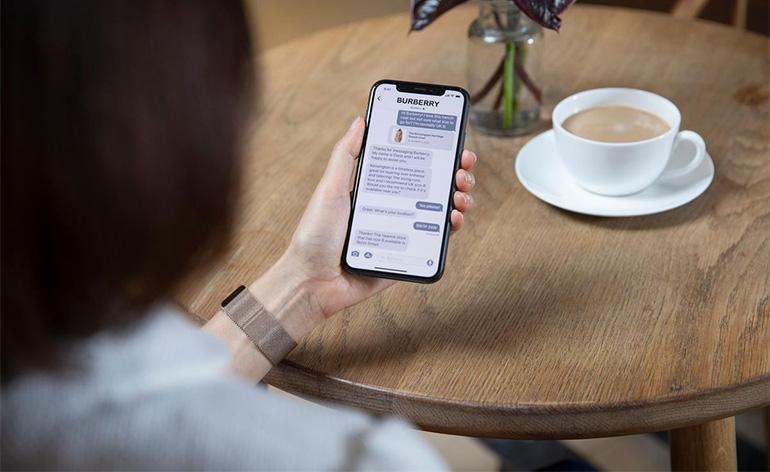
Increasingly squeezed on social media platforms and e-commerce giants for traffic, are official brand Apps the next important frontier for brands?
After an eight-year absence, Uniqlo finally made its comeback in the trendy Harajuku district on 5 June with a state-of-the-art, 2,000 sqm store. Designed as a testing ground for blending the online and offline retail worlds, 240 touchscreen tablets hooked up to the brand’s new StyleHint App (recently launched by parent company Fast Retailing) are available throughout the space.
StyleHint allows users to upload photos of their outfits, and an AI-powered system will identify and recommend similar clothing items from Uniqlo and sister brand GU. Users can also find styling inspirations in the App's gallery, and make purchases online.
While similar to Instagram, the StyleHint App carries more of a brand touch. With the rise of e-commerce marketplaces and social media, the influence of a brand's official site and own e-commerce platform has gradually waned. As a result, an increasing amount of attention is now being paid to the acquisition of private traffic as an extension of a brand's e-commerce and communication channels. Developing or revamping exisiting mobile brand Apps have risen to the fore as an interesting addition to a brand’s marketing mix.
Building Brand Communities
Building a community isn’t a skill unique to tech companies; brands are no stranger to spinning their own narratives and growing a following on everything from Instagram to XiaoHongShu (RED). Brands across different tiers and product segments – like fast fashion giant Uniqlo, cosmetics unicorn Glossier and luxury powerhouse Gucci – are all beginning to tap into the value of community, hoping to build more conversations around products and forge stronger bonds with consumers. With the ubiquity of mobile phones in this day and age, brand Apps are shaping up to be effective vehicles for this.
Image: Fast Retailing

However, with platforms like Instagram and WeChat broadcasting the latest campaigns and Net-a-Porter retailing the newest collections, brands need to offer consumers a compelling reason to download one additional App onto their already crowded home screens.
Beyond the Brand Dot Com
Gucci launched Version 6.0.0 of its official App in February this year. Pieces from different collections and brand news are displayed on the feed, while mini games and podcast episodes with more interactivity have been woven into the App as well. One interesting feature available is the augmented reality (AR) lens that allows users to try on lipstick colours and footwear virtually.
Whether a mini game or an AR camera, these are all elements that are much harder to realise on an official brand site. As consumers are spending more time on mobile devices than on their desktops these, launching an interactive application with a broader range of functionalities as alternative to the official site has become increasingly relevant.
That said, Apps should not only be fun and engaging – brands need to think about growing them as an independent and sustainable distribution channels. Separate from Nike's main mobile App, Nike's SNKRS offers fans the chance to get their hands on the brand’s latest drops and limited releases. The SNKRS platform now accounts for roughly 20 per cent of Nike's digital business.
The drop culture, first popularised by streetwear brands, has proven itself as a strong marketing tactic for the luxury category as well. But while streetwear labels have been leveraging dedicated Apps for product drops, luxury brands like Burberry and Louis Vuitton are still largely releasing their limited-edition items via social media and official sites. Developing their own exclusive channels for such product drops could be an interesting direction for luxury brand Apps to evolve in as well.
Image: Nike

From Public to Private
The most significant advantage of building an App for brands is knowing who their customers really are. On most social networks, brands only have a vague idea of who their followers are as limited data is available. It is even harder for brands to identify their customers on most luxury e-commerce platforms, as many of them still rely heavily on the wholesale model.
Therefore, it's even more crucial for brands find a way to consolidate their scattered customers and build up their own private traffic channels. Not only does this help brands better engage with consumers, it also ensures that they are conversing with qualified clients and prospects (assuming a user who downloads its App already has a strong interest in the brand).
Late last year, Burberry and Apple teamed up to develop a chat module, R Message for the luxury label’s official App, as well as R World, which was developed for internal staff use. The former allows consumers to send messages directly to sales associates about their product preferences and make purchases online. Such solutions are less commonplace in the Western world, making what Burberry created an interesting development and a step in the right direction for brands on the international stage.
Image: Apple

“In the West, the brand strategy around CRM and marketing automation is mainly focused on remarketing and SMS or email marketing. The element of human interaction is often missing,” says Pablo Mauron, Partner & Managing Director China at DLG (Digital Luxury Group). "New applications like R Message and StyleHint have created an opportunity for consumers to really interact with the brand and its wider community of followers.”
In China, this already largely taking place on WeChat. Brands are able to carry out CRM efforts, drop exclusive products and even reactivate consumers through their Service Accounts or dedicated Mini Programs on the platform. Transactional and behavioural data on WeChat is trackable by brands, creating a wealth of data that they can draw from to efficiently retarget and reactivate clients with the help of clienteling solutions and marketing automation. “Compared to the West, the solutions available in China are far more advanced,” Mauron continues. “But it should be noted that attitudes when it comes to data collection in China are also very different compared to the West – so what works here might not necessarily take off internationally.”
Instead, brands should adopt a two-pronged approach when it comes to growing private traffic, opines Mauron. Brand Apps do well in helping to create a controlled environment where brands are able to engage with consumers on their own terms, and wholly own the relationship with their clients on the global stage. This should then be supplemented with channels like WeChat, when it comes to the Chinese market. Given its ubiquity, as well as its range of functionalities and ability to give brands ownership over the client relationship, WeChat is highly complementary to the brand App.
As competition grows stiffer, it is more important than ever for luxury brands to truly engage with their consumers and establish a channel of communication that they have full ownership over. Only through this will they be able to fully leverage CRM opportunities and build a sustainable, long-term relationship with clients. The interaction between a brand and a consumer doesn’t end at the checkout page or cash register – that’s where it begins.
Cover Image: Gucci










